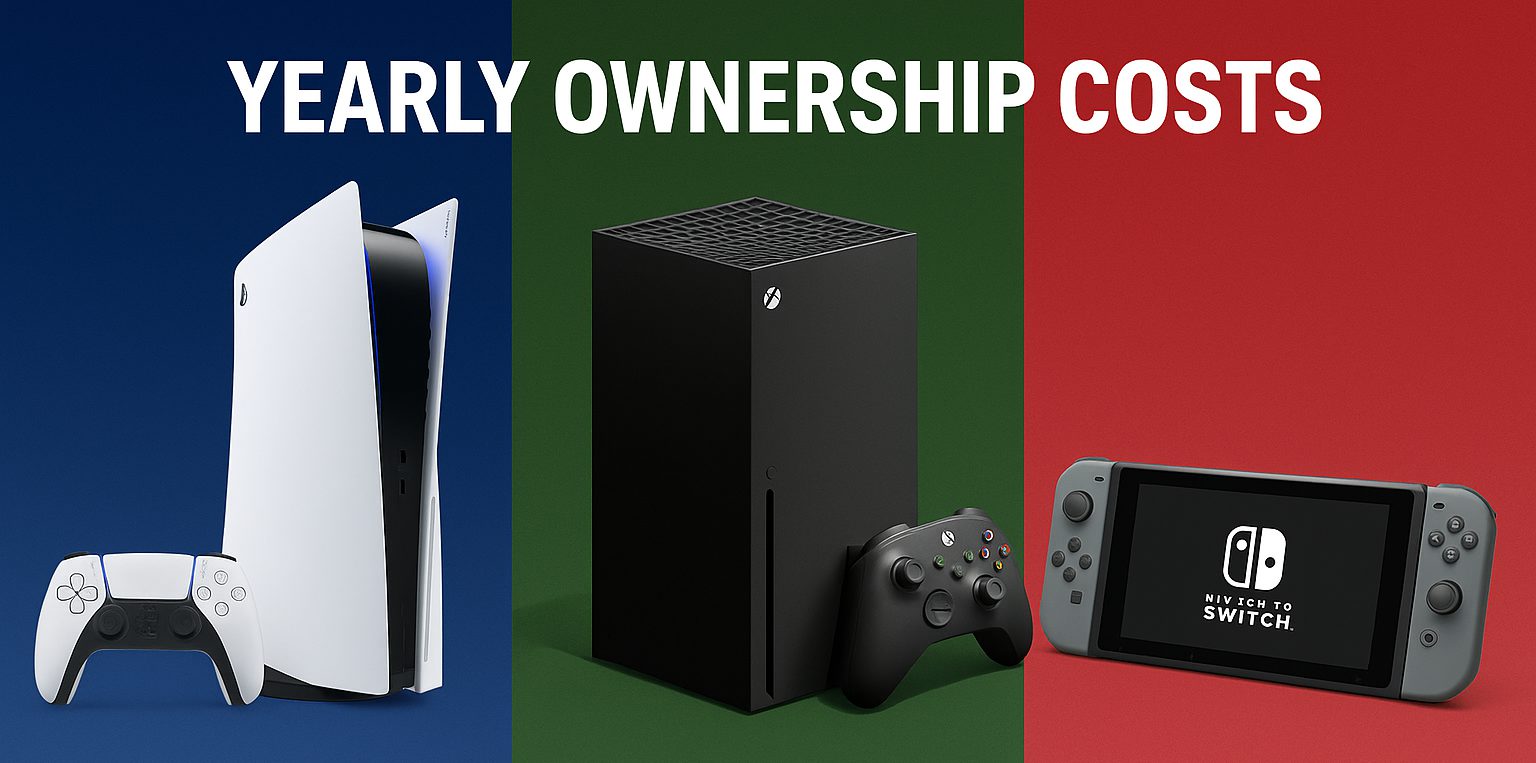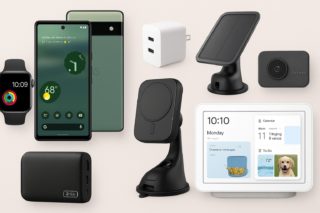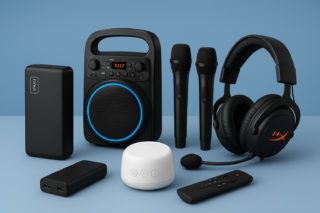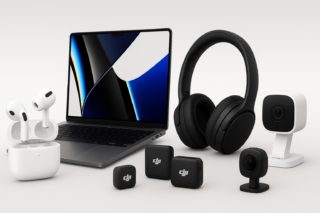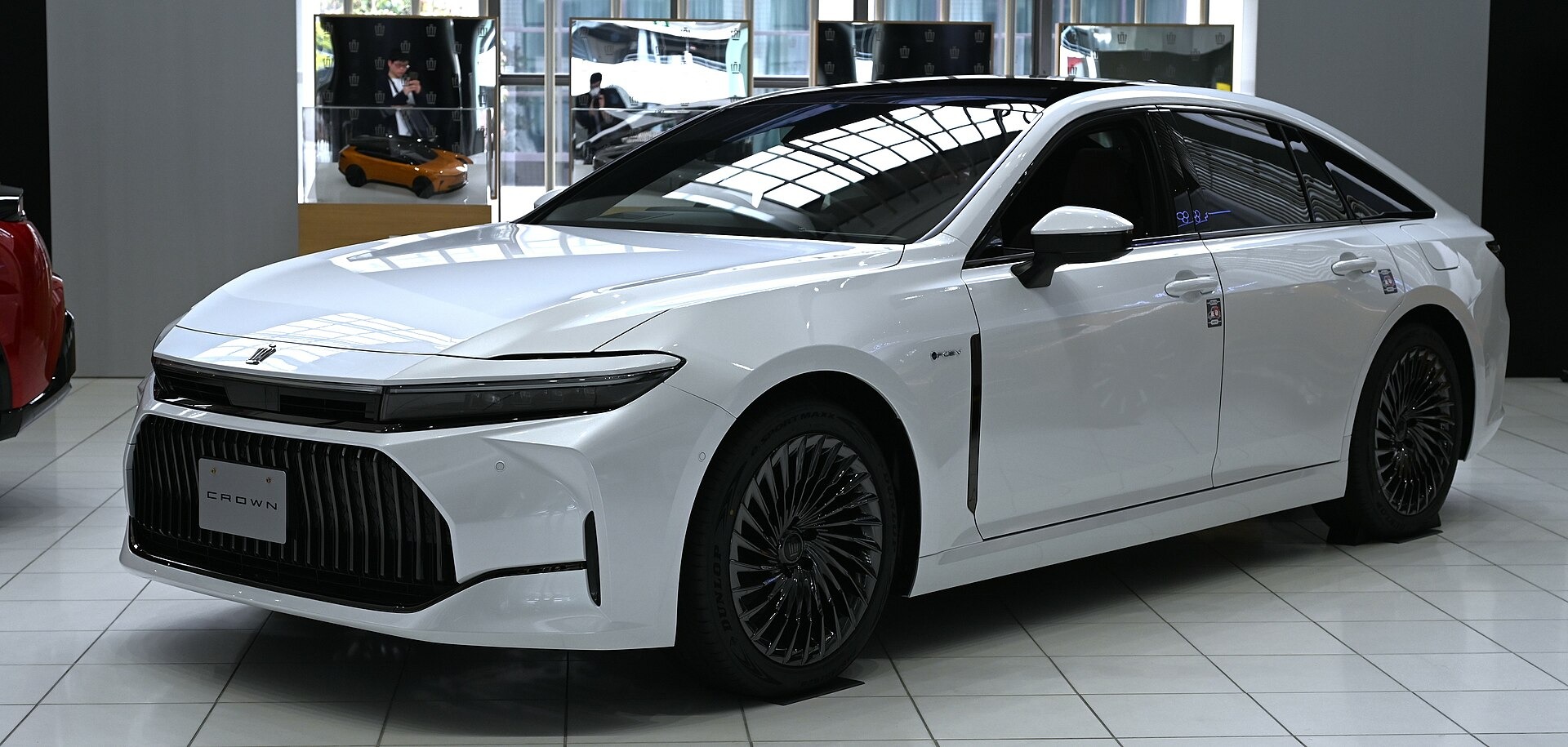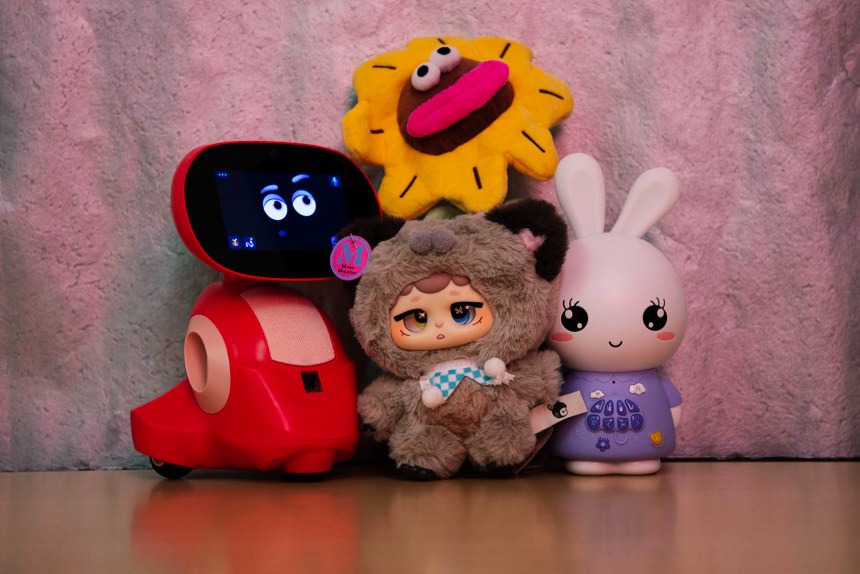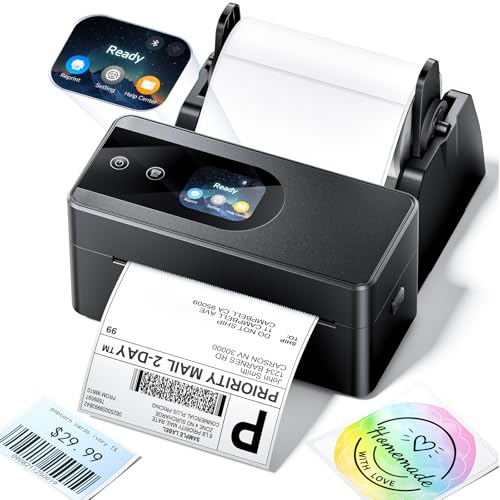Racing to choose a console before the holidays? That $449 Nintendo Switch 2 price tag looks tempting compared to the Xbox Series X’s $599 sticker shock. But console shopping based on hardware costs alone is like judging a Netflix subscription by the remote price—you’re missing the real expense.
The Upfront Deception
Hardware pricing creates false value signals that disappear over time.
Sony’s PlayStation 5 costs $550 after recent price increases, while Microsoft pushed the Xbox Series X to $599. Nintendo’s Switch 2 launched at $449.99, maintaining its position as the “budget” option.
These numbers tell you nothing about actual ownership costs. The real money drain starts after you plug the console in.
Subscription Taxes Vary Wildly
Online play fees range from reasonable to wallet-crushing, depending on your platform loyalty.
PlayStation Plus Essential demands $80 annually just for basic online play—the steepest tax among the trio. Xbox Game Pass Core costs $60 yearly, but the Ultimate tier at $204 annually includes day-one access to major releases, potentially eliminating game purchases.
Nintendo Switch Online with Expansion Pack runs $50 yearly, the cheapest subscription, but without new game access.
Game Pricing Reveals Platform Philosophy
Where you buy games determines whether you pay premium prices or subscription savings.
Sony launches exclusives at $70 and maintains those prices stubbornly—you’ll pay near-full freight for Spider-Man or God of War even a year later. Xbox’s same $70 launch prices become irrelevant with Game Pass Ultimate, which includes first-party titles on release day.
Nintendo’s evergreen pricing strategy keeps Mario and Zelda games at launch prices indefinitely, like vintage wines that never depreciate.
The Annual Damage Report
Yearly ownership costs expose the platform that punishes loyalty the most.
Based on industry analysis, moderate gamers face dramatically different annual expenses. Xbox Series X with Game Pass Ultimate runs approximately $820 yearly—expensive subscriptions but minimal game purchases. PlayStation 5 costs around $800 initially, but escalates rapidly with each $70 exclusive.
The Switch 2 delivers the biggest surprise: estimated annual costs can reach significantly higher levels due to Nintendo’s premium software pricing strategy that rarely offers meaningful discounts.
The math defies expectations. Xbox’s highest hardware price becomes the best long-term value for dedicated gamers. Nintendo’s cheapest entry point transforms into the most expensive ecosystem. PlayStation occupies the middle ground—premium pricing without subscription salvation. Your gaming habits, not brand preference, should drive this decision.


